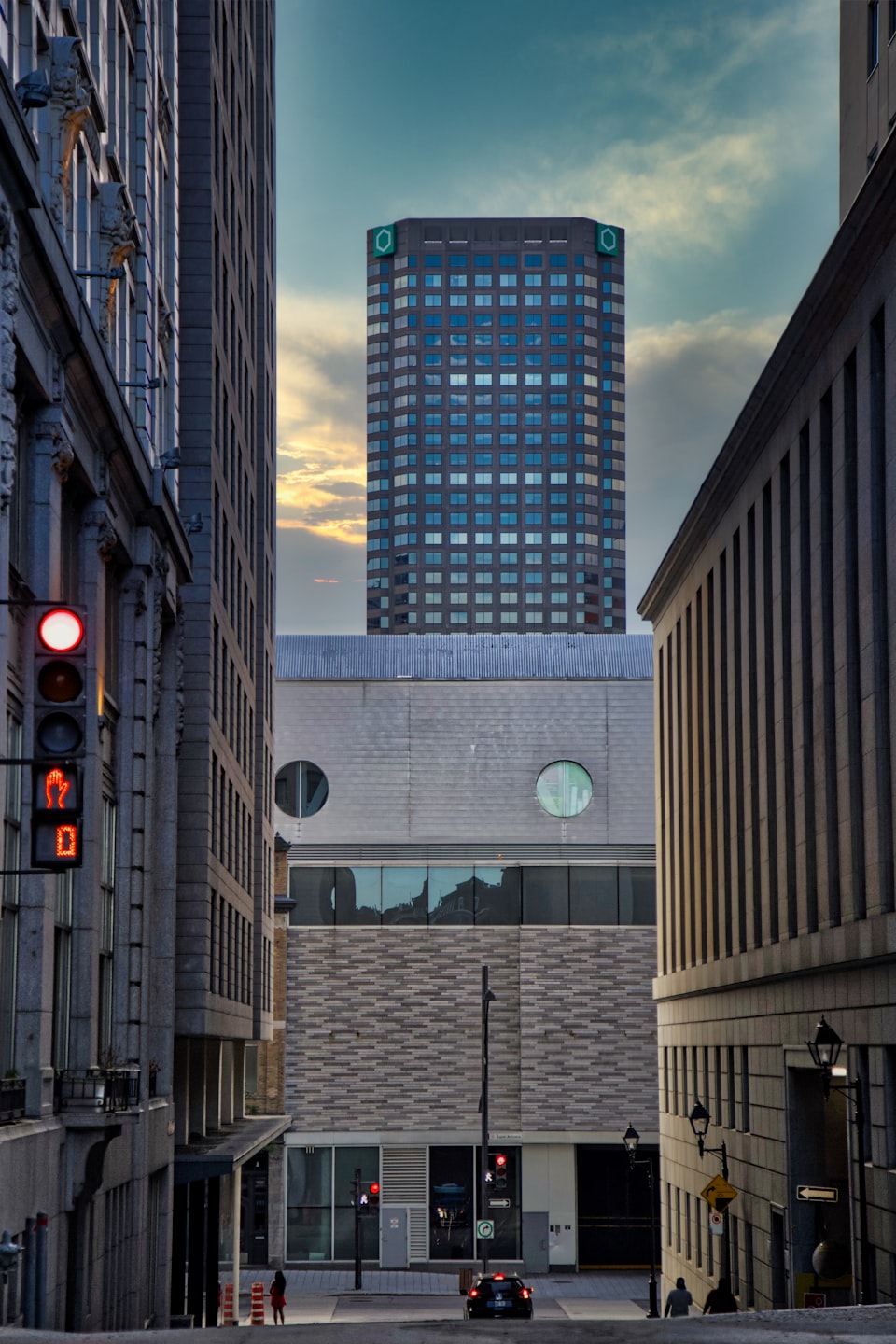Buildings, Rooms, and Anton Ego

The power of the built environment and our shared sensitivity to space
I recently started reading about architecture. Restricted mostly to my own neighbourhood, I find myself noticing details about buildings that I have previously overlooked. I’ll be making my evening rounds to the park and catch myself pausing at the house on the corner. Wait, were you just staring at brick patterns?
When you’re generally stuck indoors, even the building next door becomes special. It is always there, greeting me and bidding goodbye according to routine. But now I notice it. I’ve walked by it a thousand times before, but I’ve always had a clear destination. My mind has been focused on catching the train, on returning home before the kids are asleep. But now I stroll just to be outside. And I see how this house blocks the sun, how it abuts the little walkway between our buildings that makes me feel cramped and unwelcome. No wonder I rarely step through here.
In her book Welcome to Your World, architecture critic Sarah Williams Goldhagen, points out that we interact with buildings regardless of our choices. This sets architecture apart from other forms of art like music or paintings. We can ignore these latter forms, but we necessarily live and move in buildings. I always use the door. I’m a little less chipper in a space shrouded in shadows. This makes architecture more relevant than it might seem.
I’ve particularly noticed how a room’s design can shape my mood. Put this way, the claim can be a little far-fetched. But we only need to think of the experience of entering a grand atrium versus a standard condominium unit to see how this works. Walking into Toronto’s Eaton Centre, or Montreal’s Complexe Desjardins, is uplifting. I step through multiple glass doors that invite me into a bright expanse. The high ceilings encourage me to roam, to be free. I want to inhale deeply.
But when I step into the confines of a condo unit, my shoulders slouch. The single door reminds me this is a small space. I curl up on the couch.
Now multiply this experience a hundredfold and cut out the breathtaking atria because half the city’s buildings are closed. The feeling of confinement can set in naturally without the intermittent liberation of these grander buildings. My whole mood begins to shift. Ceilings and space have an undeniable effect.
A memorable example of a room comes from one of my favourite movies: Ratatouille. The scene will be familiar to many. A birds-eye view is presented of Anton Ego’s workspace. It is a coffin, a place from which he issues his edicts of death for those restaurants that fail to satisfy his palette. Of course, there is more to the scene than the room. The lighting is somber. The painting above his desk is a portrait of himself, unimpressed and ghostly as he looms over the scene below. But the shape of the room sets the scene. His butler, Ambrista, must traverse the length of the coffin to reach Ego. His patron is inaccessible, and the creak of the wooden door reminds him he is entering the ancient chamber of judgment. The intimidation is real.
And so I’ve come to notice these little things around my home and neighbourhood. Who knew architecture would interest me? But this is the beauty of those simple things in life, the things we pay attention to when life is less frantic. Who knows, maybe one day I’ll build a room in the shape of my favourite emoji.





Member discussion